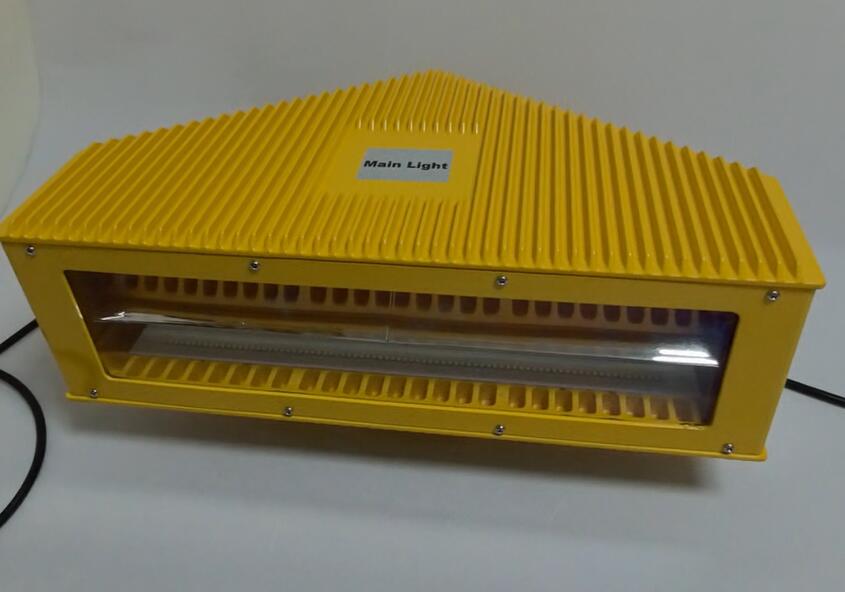In the world of aviation, safety is paramount. One crucial aspect of ensuring the safety of aircraft is the use of aircraft warning lights. These lights serve as beacons, making aircraft visible to other pilots and helping to prevent collisions. However, the price of aircraft warning lights can vary significantly, and understanding the factors that influence this cost is essential for those in the aviation industry.
Aircraft warning lights come in several different types, each with its own unique features and purposes. Strobe lights, for example, emit bright, intermittent flashes that are highly visible from a distance. Beacon lights, on the other hand, are steady lights that indicate the presence of an aircraft. Anti-collision lights are designed to provide additional visibility and help prevent collisions in crowded airspaces. The type of warning light required depends on the type of aircraft, its intended use, and regulatory requirements.

One of the primary factors that affect the aircraft warning lights price is the technology used. In recent years, there has been a significant advancement in lighting technology, with LED (Light Emitting Diode) lights becoming increasingly popular. LED lights offer several advantages over traditional incandescent or halogen lights, including lower power consumption, longer lifespan, and enhanced visibility. The development and integration of LED technology into aircraft warning lights add to their cost. However, the long-term benefits of LED lights, such as reduced maintenance and energy costs, often make them a cost-effective choice in the long run.
| aircraft warning lights price | HI | TYPE A | fgb |
The quality and durability of aircraft warning lights also play a significant role in determining their price. High-quality lights are built to withstand the harsh environmental conditions encountered during flight, including extreme temperatures, vibrations, and moisture. They are made from durable materials and undergo rigorous testing to ensure they meet the strict safety standards of the aviation industry. Manufacturers who invest in quality control and use superior materials will naturally charge a higher price for their products. However, this investment in quality can pay off in the long run by reducing the likelihood of failures and the need for frequent replacements.
The size and power output of the warning lights can also influence their price. Larger lights with higher power outputs are generally more expensive than smaller, less powerful ones. This is because they require more advanced components and technology to produce the intense light output needed for effective visibility. Additionally, lights designed for larger aircraft or those operating in high-altitude environments may need to be more powerful to ensure visibility over longer distances. The specific requirements of the aircraft and its operating conditions will determine the appropriate size and power output of the warning lights, and consequently, the price.
Another factor that can affect the aircraft warning lights price is the brand and reputation of the manufacturer. Well-known and established brands with a track record of producing reliable aviation equipment often command a premium price. This is because their products are associated with quality, performance, and customer support. However, it is important to note that not all expensive brands are necessarily the best, and it is advisable to research and compare different manufacturers to find the right balance between price and quality.

Regulatory compliance is another crucial aspect that influences the aircraft warning lights price. Aviation authorities around the world have strict requirements regarding the visibility, intensity, and color of warning lights. Lights that meet these regulatory standards must undergo extensive testing and certification processes, which add to their cost. Manufacturers who invest in compliance and ensure their products meet all the necessary regulations are likely to charge a higher price. However, non-compliant lights can lead to serious safety issues and potential fines, so it is essential to choose lights that are fully compliant with the applicable regulations.
The market demand and supply dynamics also have an impact on the price of aircraft warning lights. In times of high demand, such as during periods of increased air traffic or when new safety regulations are introduced, the price may increase due to limited supply. Conversely, in a market with excess supply, prices may be more competitive. Additionally, global economic conditions, raw material prices, and production costs can all influence the pricing of these essential aviation components.
When considering the price of aircraft warning lights, it is important to look beyond the initial cost and consider the total cost of ownership. This includes factors such as maintenance, replacement parts, and energy consumption. Some lights may have a lower upfront cost but require more frequent maintenance or have shorter lifespans, which can result in higher overall expenses in the long run. On the other hand, high-quality lights with longer lifespans and lower maintenance requirements may initially cost more but can provide significant savings over time.
The aircraft warning lights price is influenced by a variety of factors, including technology, quality, size, brand, regulatory compliance, and market dynamics. Understanding these factors is essential for making informed decisions when purchasing aircraft warning lights. While price is an important consideration, safety should always be the top priority. Investing in high-quality warning lights that meet the necessary regulatory requirements and provide reliable visibility is crucial for ensuring the safety of aircraft and their occupants. By carefully evaluating the options and considering the total cost of ownership, aviation professionals can find the right aircraft warning lights that offer the best combination of price and performance.